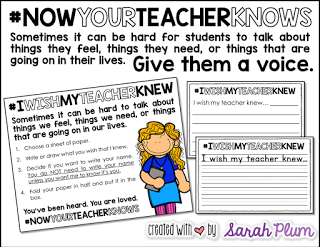I spent this morning at the beach with my family. The sun low in the sky, its warmth just enough to remind you it’s summer. The salt in the air, carried by the sea’s breeze. The water just cold enough to awaken you, while still being warm enough to welcome you.
As I kept careful watch over my two boys – enthralled by the wonder of the crashing waves – my thoughts drifted to my students. Students I do not yet know, but worry over all the same. I began collecting shells, sea glass, and rocks, thinking of each of them as I plucked each treasure from the shore.
Each a treasure – no matter rough or smooth, broken or whole, big or small. Each a treasure.
Our students are not unlike these treasures. Some come to us whole, some broken. Some come to us rough around the edges, some smooth. Some come to us with big dreams, some with small hopes. But one thing is for certain – they are all treasures just the same.
This school year will not always be calm seas.
Just like high tide and low, we too will have moments when we feel ourselves drifting out to sea – overwhelmed by data, report cards, lesson planning, and so much more. It is in these times that we must look toward the beauty at our feet – the treasures revealed to us in our students by the receding waves of adversity.
I gathered one treasure for each of my precious students to come. I do not yet know their names, dreams, hopes, and fears. They, like these treasures, each unique in what they need from me and what they will teach me. I have in mind a place in my classroom to keep these treasures, a reminder of my students’ beauty and promise… So that I can look to them each day and in each season when the tide is low – I can remember why it is that I call myself teacher. A tangible reminder that will become theirs at the end of our voyage together this year.



















